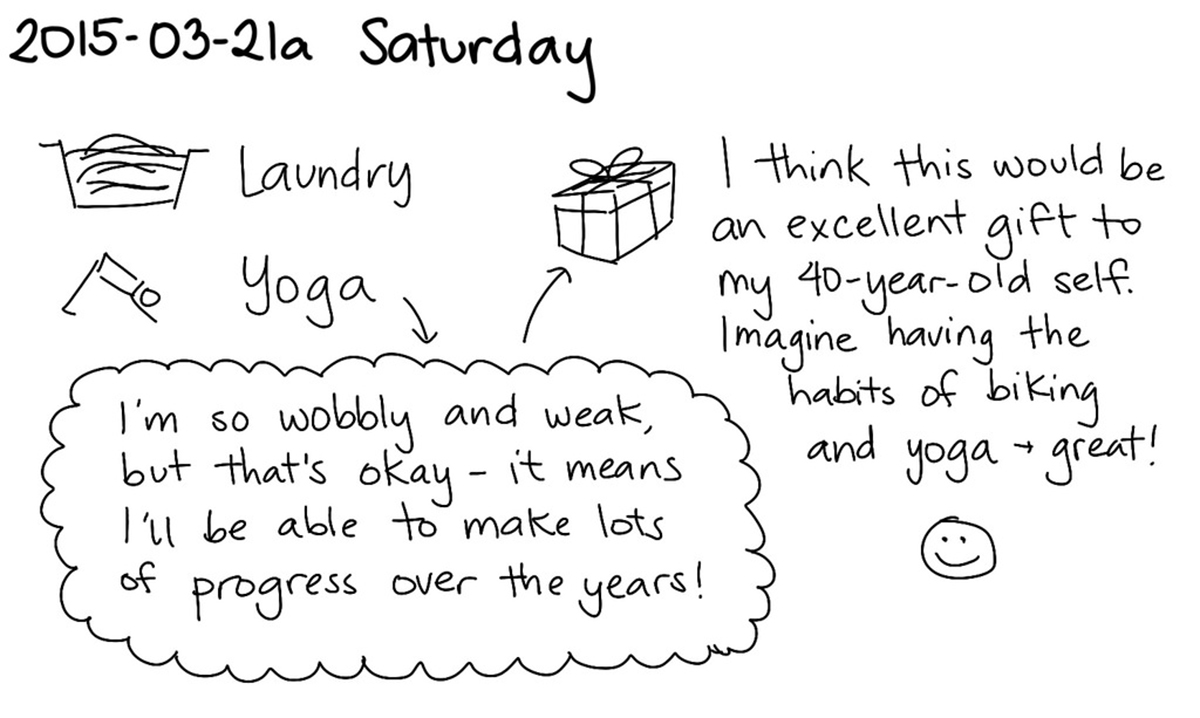Table of Contents
It is not necessary to have suffered depression, cancer, obesity, or traumatic brain injury to benefit from writing as a tool to achieve your own health goals. Most people get better results from writing with pen and paper, because it takes longer and gives the writer more time to think, but if you are more adept at typing than at writing in longhand, or if you just cannot read your own handwriting, writing at a computer is OK.

Most people can benefit from writing a personal mission statement for most aspects of their lives, including their health. A mission statement is not a collection of resolutions, like the kind most of make around New Year's Day. Resolutions are well-intended action plans, but if they are not connected to the "why" of making changes in one's health or in one's life, they are likely to fall by the wayside, and most do. Mission statements give the reasons for making resolutions, and make it is easier to make mid-course adjustments in new health habits or new lifestyle choices when they become hard to follow.
When temptation stands in the way of keeping a resolution, the mission statement is the guide for what to do next. An overweight person may resolve to lose weight, but have trouble driving past the doughnut shop. There will eventually be a day that a little extra time at the gym may seem to justify a stop for just one doughnut at the doughnut shop, after all, those calories have already been burned off. A personal mission statement, such as "I will achieve a healthy, normal weight" serves as the criterior for making choices that support resolutions. Instead of "Just one doughnut can't hurt," the thinking becomes "I make all my choices for a healthy lifestyle".
- The first step in creating a mission statement is clarifying values. For losing weight, resolving to eat less and exercise more does not reveal the underlying values for making the change. Maybe you want to look better. In this case, your mission statement is not "I will eat less" or "I will work out more" but "I will make choices that help me look better." Maybe you want to have better health. Then your mission statement becomes "I make choices for better health." Some people work with personal coaches, during this process, but it is not absolutely necessary to have help in answering these questions.
- The second step in creating a mission statement is refining your values statement. You may gain insight into "what it's all about" by asking certain questions. How do you want people to describe you, or to remember you? What matters the most to you? Who do you want to be? What makes your life worth living? These may seem like "soft" questions, but most people find answering them to be hard work.
- The third step in creating a mission statement is validating it with choices you make every day. This goes beyond keeping resolutions. You use your personal mission statement as the guide for all the decisions you make.
See Also: Too Much: Excessive Exercise Can Damage Your Health. How Can You Tell If You're Overdoing It?
There will always be obstacles to achieving your goals, but you can never overcome your obstacles if you cannot define your goals. Writing about how you feel, and then making a plan to deal with the implications of your self-examination, can help you define and achieve your goals in life and health.
- Gortner EM, Rude SS, Pennebaker JW. Benefits of expressive writing in lowering rumination and depressive symptoms.Behav Ther. 2006 Sep. 37(3):292-303. Epub 2006 May 30.
- Milbury K, Spelman A, Wood C, Matin SF, Tannir N, Jonasch E, Pisters L, Wei Q, Cohen L. Randomized controlled trial of expressive writing for patients with renal cell carcinoma. J Clin Oncol. 2014 Mar 1. 32(7):663-70. doi: 10.1200/JCO.2013.50.3532. Epub 2014 Jan 27. PMID: 24470003
- Photo courtesy of freddie boy via Flickr: www.flickr.com/photos/froderik/9355090806
- Photo courtesy of Sachac via Flickr: www.flickr.com/photos/sachac/16691123307


Your thoughts on this